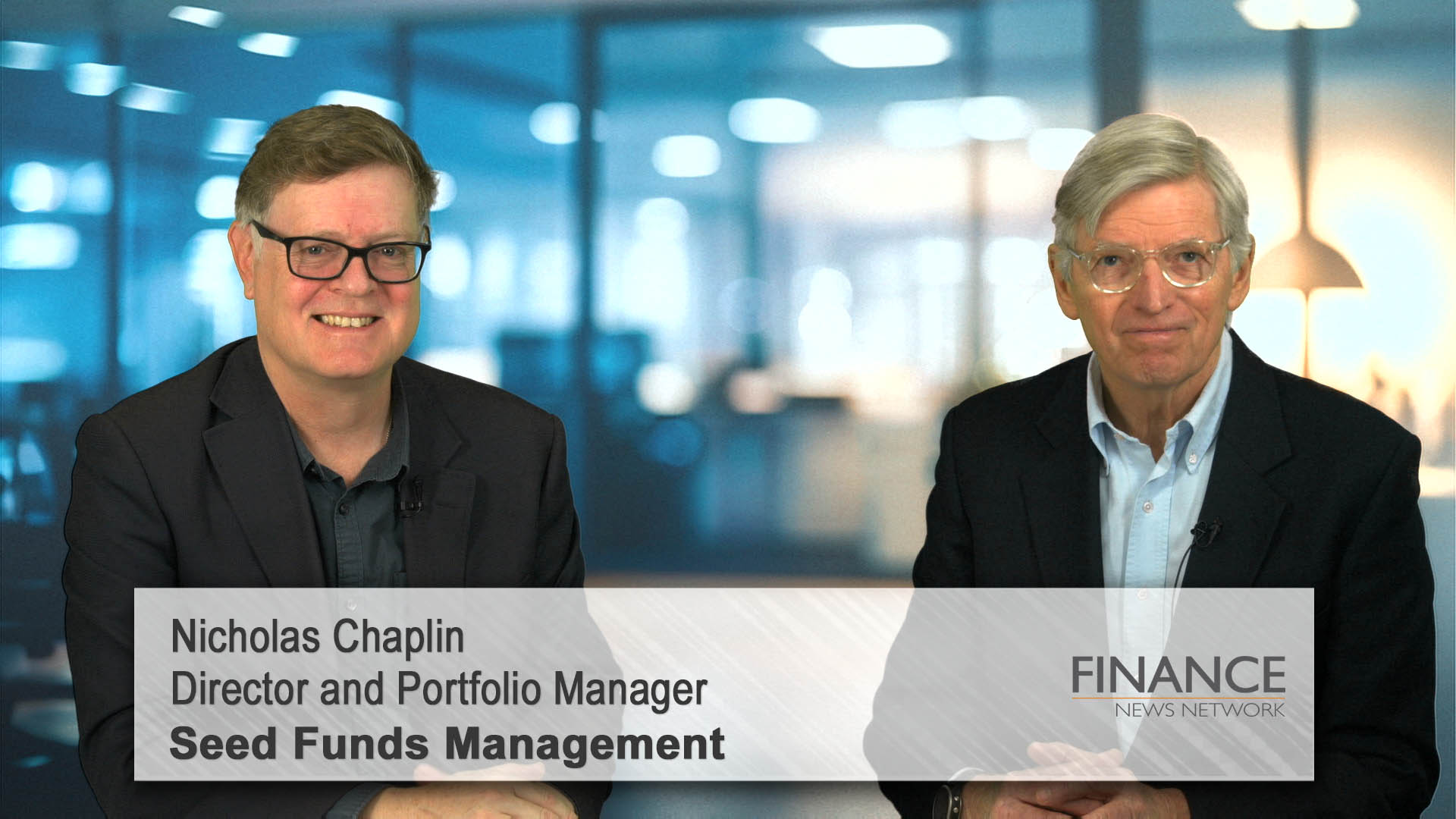In a crazy 12 months for markets, it became clear to us that what was a logical and compelling macro view one moment could fundamentally change a few months’ later. While you cannot completely divorce your macro view from bottom-up stock picking, we resisted the temptation to make investment decisions based purely on our macro view.
Between July and October 2020 interest rate expectations were zero or negative, and all everyone wanted to buy was structurally growing companies, which were COVID beneficiaries with massive total addressable markets (TAMs). Then, when the better than anticipated vaccine efficacies were announced in November 2020, the market shifted its view on global economies having a low to negative growth outlook, to one with a sharp V-shaped recovery. Buoyed by loose monetary policy and supportive fiscal stimulus, consumer and business confidence bounced back quickly, and the narrative in investment markets shifted to reflation. In this environment, any cyclical company with some exposure to the strengthening economy was bought aggressively.
Moving to the beginning of this calendar year, all the debate was about long-term inflation vs deflation and whether the signs of inflation would be sustained or transitory. At the beginning, the inflationists were winning the debate and we started seeing long dated treasuries sell off viciously (higher yields) at the beginning of 2021. Over the last couple of months, with another spike in COVID cases and some slightly more hawkish tones from the Federal Reserve, the “transitory” inflation narrative is starting to gain more popularity.
As illustrated in this brief recap, every few months a popular macro narrative seems to take hold and all market participants jump on board. The one learning we take from this is to keep an open mind. What may seem completely logical and compelling one minute may completely change in a few months’ time for reasons that were not even considered before. There are so many variables driving the macro, some of which are predictable, others of which are very hard to predict. While you cannot completely divorce your macro view from bottom up stock picking, we resisted the temptation to make investment decisions based purely on our macro view.
We are always looking at ways to improve our performance. Hence, we consistently assess historic investment decisions to determine whether or not we could have made better decisions. You cannot change the past, but you can learn from it. The end of a financial year is a good opportunity to more thoroughly go through investment decisions made over the previous twelve months, to both analyse and learn from mistakes and success. It is important to separate luck from skill. In hindsight, everything is obvious. Investing involves predicting the future which is an imperfect art. You can handicap certain outcomes, but every now and again, you can be either lucky or unlucky when an impossible-to-predict event occurs.
The Perpetual Wholesale SHARE-PLUS Long-Short Fund invests in companies it believes will rise in value and takes short positions in companies it believes will fall in value. The Fund aims to provide long-term capital growth and income through its long-short strategy, and to outperform the S&P/ASX 300 Accumulation Index over rolling three-year periods.













